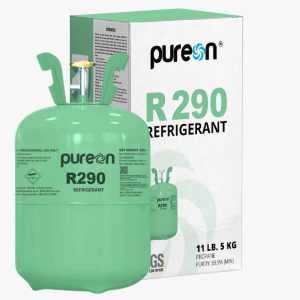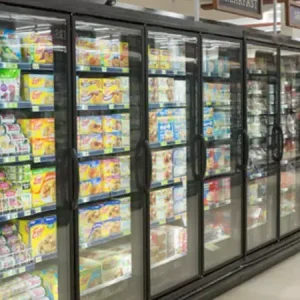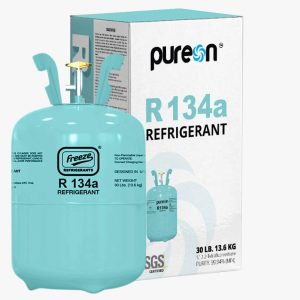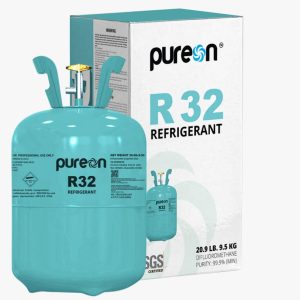Description
Overview of R-404A Refrigerant
R-404A is a hydrofluorocarbon (HFC) blend refrigerant primarily used in commercial refrigeration applications. Introduced in the 1990s as a replacement for ozone-depleting refrigerants like R-502 (CFC/HCFC blend), R-404A became a staple in medium- and low-temperature refrigeration systems. However, its exceptionally high Global Warming Potential (GWP) has led to strict regulatory phase-outs, driving the industry toward environmentally sustainable alternatives.
Key Features & Benefits
- Performance:
- Designed for low- and medium-temperature refrigeration, R-404A delivers reliable performance in freezing and cold storage applications.
- Operates effectively in systems originally designed for R-502, requiring minimal retrofitting.
- Environmental Profile:
- Zero Ozone Depletion Potential (ODP): As an HFC, it does not harm the ozone layer.
- High GWP: With a Global Warming Potential of 3,922, R-404A is one of the most climate-damaging HFCs, accelerating its global phase-down.
- Safety:
- Classified as A1 (non-flammable, low toxicity) under ASHRAE standards, making it safe for standard refrigeration use.
Applications
R-404A is commonly found in:
- Commercial refrigeration: Supermarket display cases, walk-in freezers, and cold storage warehouses.
- Transport refrigeration: Trucks, trailers, and shipping containers.
- Industrial refrigeration systems and food processing equipment.
Safety & Handling
- High-pressure systems: Requires equipment rated for its operating pressures.
- Leak management: Critical to minimize emissions due to its extreme GWP.
- Zeotropic blend: Exhibits temperature glide (~0.8°C), necessitating careful charging practices to avoid composition shift.
- Recovery and recycling: Mandatory under regulations like EPA Section 608 to prevent environmental release during servicing.
Regulatory Compliance
- Global phase-down: Targeted under the Kigali Amendment and EU F-Gas Regulation, with bans on new equipment using R-404A in many regions.
- U.S. SNAP Program: Listed as unacceptable for new installations in specific sectors, with alternatives like R-448A (GWP 1,273) and R-449A (GWP 1,397) endorsed.
- Regional restrictions: Prohibited in new stationary refrigeration systems in the EU since 2020.
Future Outlook
- Transition to alternatives: Lower-GWP options like R-454C (GWP 148), CO₂ (R-744), and hydrocarbons (e.g., R-290) are replacing R-404A in new systems.
- Retrofitting challenges: Existing R-404A systems often require component upgrades or full replacements to accommodate new refrigerants.
- Legacy systems: R-404A will persist in older equipment, emphasizing the need for leak detection, responsible servicing, and eventual decommissioning.

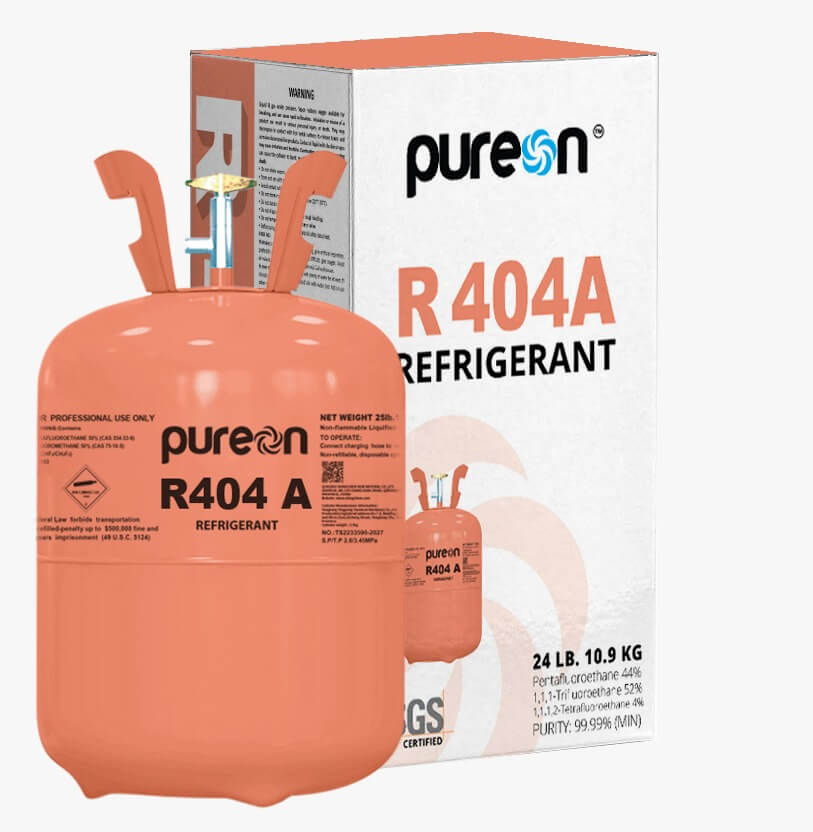
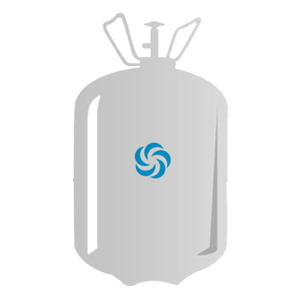 Disposable Canisters
Disposable Canisters Refillable Cylinders
Refillable Cylinders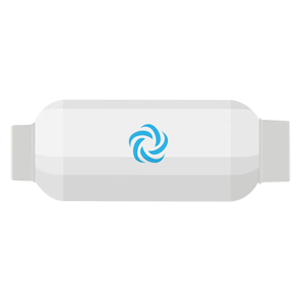 Tonner
Tonner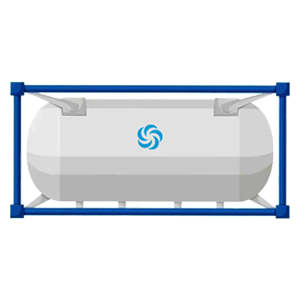 ISO Tank
ISO Tank